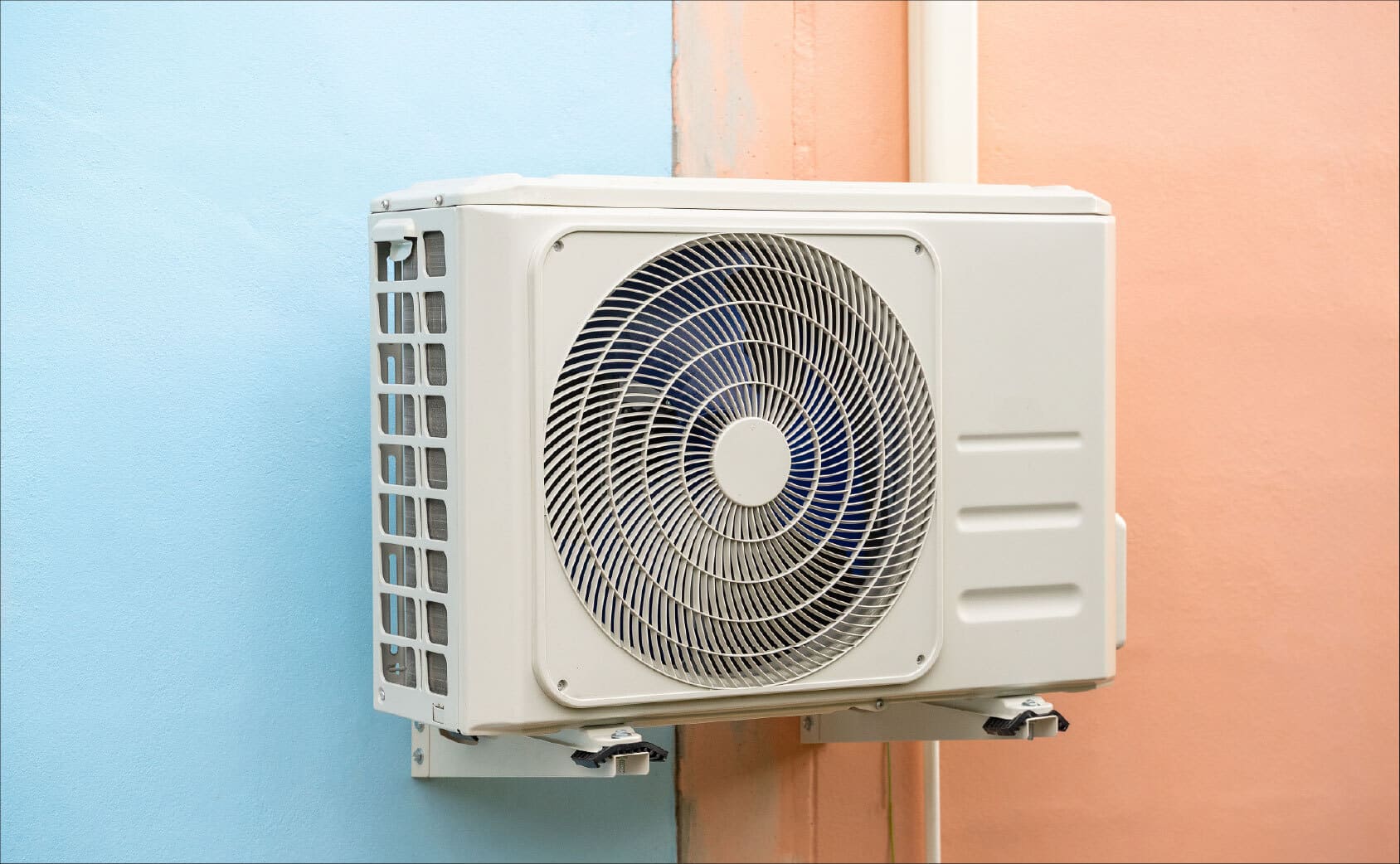Ontario Heat Pump Market 2025: Cold-Climate Air-Source Technology and Hybrid Systems Driving Residential and Commercial Growth

The Ontario heat pump market has emerged as one of the most dynamic and rapidly evolving segments within Canada’s residential and commercial HVAC landscape. Over the past decade, Ontario has exhibited significant growth in heat pump technology adoption, driven by a combination of government incentives, environmental policies, and increasing consumer awareness regarding energy efficiency.
In 2024, Ontario represented approximately 22.09% of the national heat pump adoption, establishing it as the province with the highest number of installations across Canada. This growth is particularly notable in urban centers such as Toronto, Ottawa, and Mississauga, where population density, modern housing developments, and access to government rebates have fostered an ideal environment for heat pump integration. The province’s ambitious commitment to decarbonization under the Climate Change Action Plan has further accelerated the adoption of clean heating and cooling technologies, positioning heat pumps as a key solution for reducing greenhouse gas emissions.
A unique trend within the Ontario heat pump market is the widespread adoption of cold-climate air-source heat pumps (ccASHPs). Given the province’s long and harsh winters, traditional air-source heat pumps have historically encountered performance limitations. However, advancements in ccASHP technology have enabled these systems to operate efficiently at temperatures as low as -25°C, providing homeowners with a viable alternative to gas furnaces.
Numerous manufacturers, including Daikin, Mitsubishi Electric, and Goodman, have introduced models specifically tailored to Ontario’s climate, incorporating features such as variable-speed compressors and advanced inverter technology to maintain efficiency in extreme conditions. These innovations have not only bolstered consumer confidence but have also facilitated the integration of heat pumps into multi-unit residential buildings and commercial complexes, thus broadening the market beyond single-family homes.
Another defining characteristic of the Ontario market is the significant influence of government incentives and rebate programs, such as the Greener Homes Grant and provincial utility-backed initiatives. These programs offer substantial financial support to homeowners and businesses that install energy-efficient systems, including heat pumps, effectively mitigating the challenge of high upfront costs. In addition to direct rebates, interest-free loans and tax incentives have enabled wider adoption, particularly among middle-income households that may have previously hesitated to transition from fossil fuel-based heating systems. Furthermore, community-driven retrofit programs are on the rise, wherein municipalities collaborate with local installers to provide discounted services, fostering awareness and accelerating market penetration.
Ontario is also experiencing a growing trend toward hybrid and multi-source systems that combine heat pumps with existing natural gas or oil furnaces. Such hybrid configurations allow homeowners to achieve energy savings during moderate weather while maintaining the reliability of conventional heating during peak cold periods. These systems have gained popularity in older homes, where retrofitting for a complete heat pump installation may be problematic due to space constraints or insulation challenges.
Additionally, the integration of smart thermostats and IoT-enabled controls has further enhanced the energy efficiency of these systems, enabling real-time monitoring, predictive maintenance, and remote operation, qualities that are increasingly valued by tech-savvy consumers in Ontario.
The commercial sector in Ontario is also witnessing significant heat pump adoption, with installations in schools, hospitals, office buildings, and retail spaces. The push for LEED certification and net-zero energy buildings has compelled property developers and businesses to invest in heat pump systems that minimize operational costs and reduce carbon footprints. Utility companies in Ontario have supported this trend through energy efficiency programs that provide rebates and technical guidance for large-scale commercial installations, thereby creating a favorable ecosystem for sustained market growth.
Additionally, the Ontario market is seeing an increase in geothermal heat pump systems, particularly in suburban and affluent neighborhoods. Despite their higher initial investment costs, geothermal systems offer unparalleled efficiency and long-term savings, making them increasingly appealing to environmentally conscious consumers and developers of luxury homes. This trend aligns with Ontario’s broader objectives of reducing reliance on fossil fuels and promoting renewable energy solutions.
Lastly, a growing emphasis on installer networks and training programs is evident, ensuring that certified technicians are available to meet the rising demand. Manufacturers and government programs have joined forces to establish training centers that deliver specialized education in cold-climate heat pump installation and maintenance, addressing one of the key barriers to adoption the shortage of skilled professionals. This development has resulted in an increased availability of qualified installers to support the market’s continued growth.